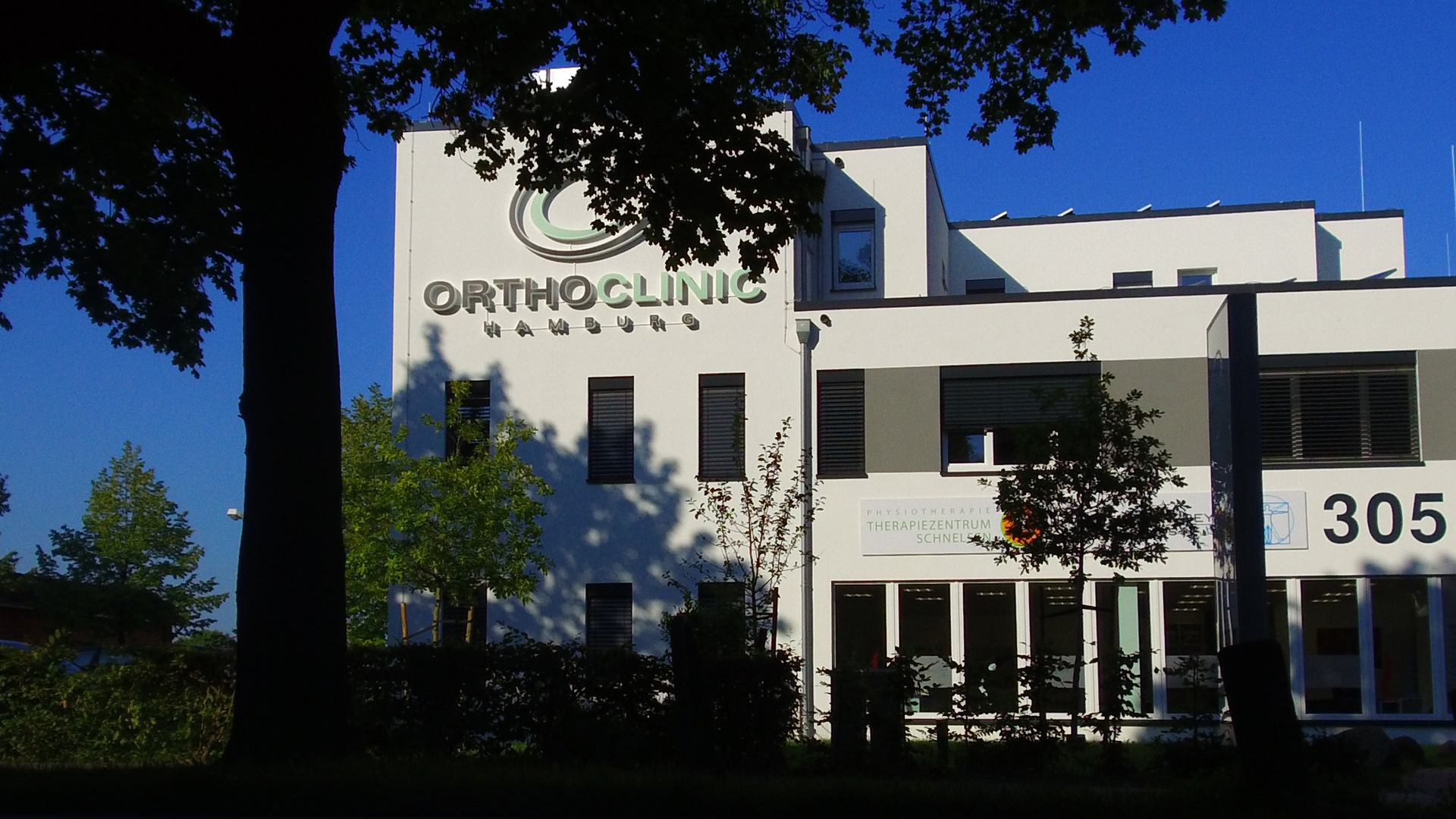During a period of three years, 20 patients underwent diagnostic arthroscopy followed by a poly-para-dioxanone augmented primary suture of the anterior cruciate ligament. Besides the clinical diagnostic measures, comparative electromyography and magnetic resonance imaging of the lower extremities were carried out. The control group consisted of ten test persons with healthy knees.
The circumference measurement confirmed general experience that legs with an identical circumference immediately after injury show a reduction in circumference of the injured leg in comparison to the uninjured leg during the rehabilitation phase, which is still detectable at the time of the follow-up examination in spite of adequate physiotherapy. The differences were greatest at 20 cm above the medial knee joint space. The difference was the result not only of the reduction in the injured leg but also of a marked increase in the circumference of the uninjured leg. These findings were confirmed by magnetic resonance imaging. The greatest differences and standard deviations in circumference between the two legs of the patients were found for the vastus medialis. However, at the time of follow-up this was the only muscle which had regained its preoperative cross-sectional area. The femoral flexor muscles were affected by these atrophic changes only to a small extent.
Electromyography of the vastus medialis, vastus lateralis, semimembranosus and biceps femoris showed that the muscles of the injured leg were less activated immediately after the injury than those of the other leg. The biceps femoris was less affected by this hypoinnervation than the other muscles. However, no injury-specific changes could be found in the EMG pattern of the patients in this study. The difference between the two legs remained detectable as a persisting neuromuscular dysbalance up to the time of follow-up examination and the greatest differences were found in the vastus medialis and semimembranosus muscles.

